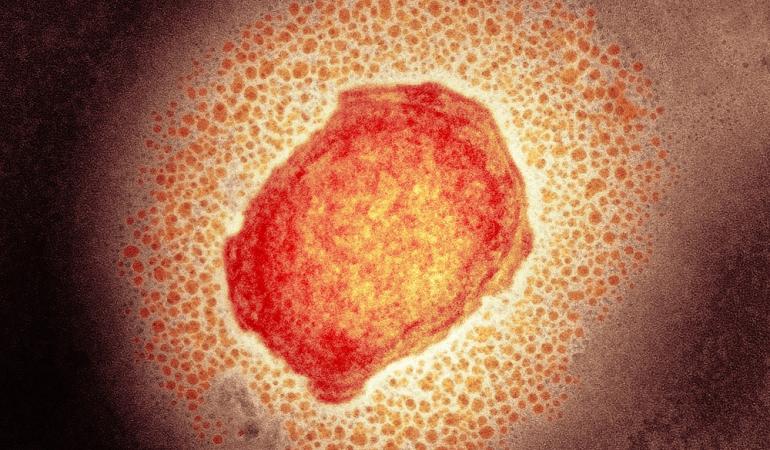
Over the past few weeks, 288 people in the Netherlands have tested positive for monkeypox. The number of new daily infections seems to be slowly increasing. The highest number of people who tested positive for the virus were found in Amsterdam.
The first confirmed case of monkeypox in the Netherlands was diagnosed on 20 May 2022. Since then, new infections have been found every day. The number of people diagnosed with monkeypox each day is now rising slowly. In the past week, the Municipal Public Health Services (GGDs) reported about 10 newly infected people per day.
Growth
The number of people with monkeypox is still relatively low and the disease has a long incubation period (the time between infection and symptoms). This makes it difficult to predict how the outbreak will develop. However, it seems unlikely that the infection rate will decrease in the near future.
Reports of monkeypox
Skip chart Reports of monkeypox and go to datatableFigure 1: The number of confirmed monkeypox infections based on the first day of illness.
Blistering rash
Almost all infections occurred after intimate or sexual contact. The course of illness is usually mild, but people who have monkeypox can experience significant discomfort from the blisters (lesions), which may also leave permanent scars. In this outbreak, the blisters are often found around the genitals and anus and on the arms and legs. Blisters could also occur on the face or on other parts of the body. Besides the blistering rash, 84% of patients have ‘systemic symptoms’ such as fever, tiredness, muscle pain or swollen lymph nodes. In the Netherlands, one person has been hospitalised with monkeypox to receive treatment for a bacterial infection.
After contact
After an infection, efforts are made to determine which people connected to the patient may also be at risk of infection. These ‘high-risk contacts’ are offered advice from the GGD and access to a vaccination. This vaccination reduces the risk that the virus will spread through the body and can also minimise systemic symptoms, but it cannot always prevent local blistering (and scarring) at places where there was direct skin contact.
Contact a doctor
Do you have large blisters on your body? Contact your family doctor (GP) or a sexual health clinic.